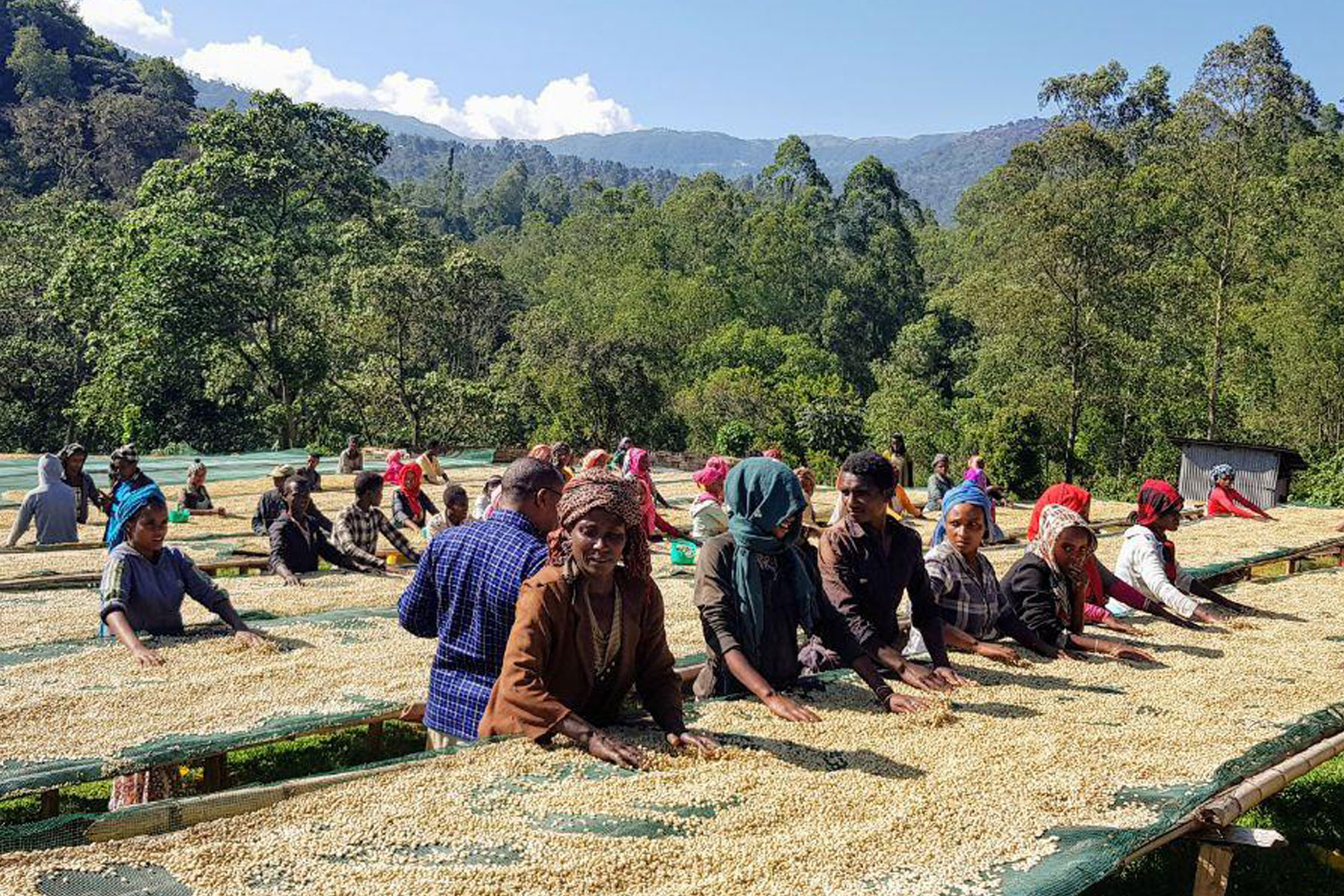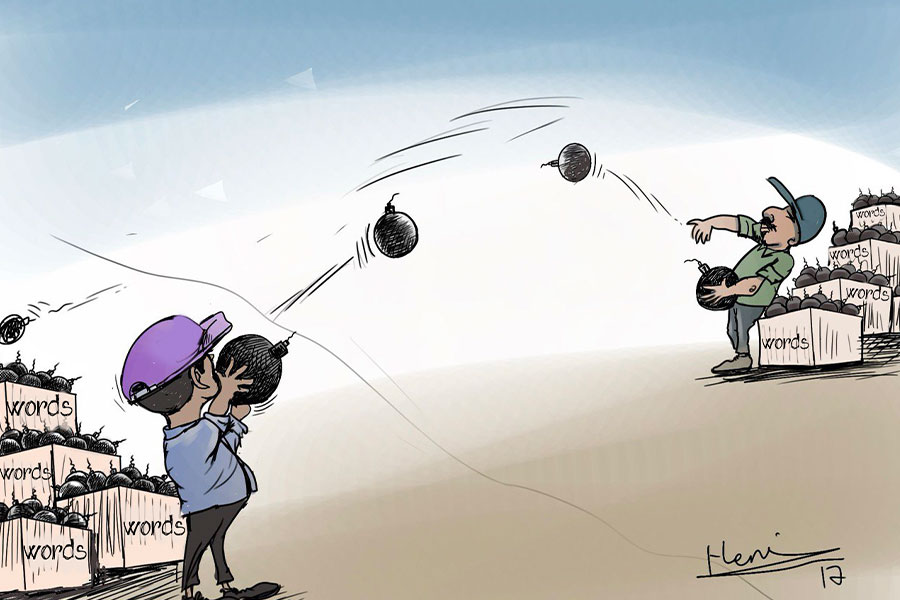
Fortune News | Jun 20,2020
Even during my childhood in the 1970s, desert locusts were known to be fierce enemies, identified by the government and the aid agencies that supported it. It was only below the likes of Malaria as a non-human induced threat to our collective well-being.
Ferociously destroying fresh crops, covering the earth, filling the air and darkening the light of the sun, their power is hard to believe for those who have not seen them. They come in waves, sometimes dispersed over a year, sometimes within a span of a few months; whenever they come, the earth remains as though it had been set on fire.
Dubbed an eating machine, a desert locust can live for up to five months. An adult consumes roughly its own weight in fresh food a day. For such a small species of insect, this seems insignificant. But swarms consist of millions. One tonne of locusts, which is a very modest fraction of an average swarm, will consume in a day as many as what 2,500 people would eat, according to the UN’s Food & Agriculture Organisation (FAO).
When it comes and settles, and it departs, not a leaf remains upon a tree, not enough to make a difference anyways. The wheat, barley and teffnever have a chance. It is as if they have never been sown there. The farmers are equally helpless. They only have whips and a few tools to make noise to scare the locusts.
This sums up exactly what happened in Ethiopia half a millennium ago, and what was left to us in writing by the Portuguese Francisco Alvarez. He witnessed swarms of desert locusts devastating especially the northern parts of the country. It is his description of the locust eggs that is perhaps most daunting.
“This country was entirely covered with locusts without wings, and they said these were the seed of those which had been there and destroyed the country, and they said that as soon as they had wings they would at once go and seek their country,” he wrote.
The inevitable consequence of this was the displacement it caused.
“The people were going away from this country, and we found the roads full of men, women, and children, on foot, and some in their arm with their little bundles on their heads, removing to a country where they might find provisions,” Alvarez wrote, describing the misery.
Several decades later, another Portuguese figure visited Ethiopia and correctly identified that for a country so dependent on subsistence agriculture, as most other countries were at the time, the recurrent “plague of locusts” was one of the sources for the poverty of the country.
Tragically, it still is. This year, several of the countries in the East Africa region are being impacted by a desert locust swarm of a size that had not been seen in a quarter of a century. It devestated over a quarter of a million hectares and was likely expected to affect some two million more.
Being an extremely large and remote area, Ethiopia's lack of access to such areas makes controlling the swarms hard. Limited resources for locust monitoring, poor infrastructure and implementing control operations in which the pesticide must be applied directly onto the locusts are some of the challenges that the FAO points to in fighting the locusts.
Early warning systems are essential for fighting against the infestation. No less important are vehicle-mounted and aerial sprayers as well as advanced chemicals that do not end up harming the crops themselves significantly. This requires leadership, attention to research and constant vigilance.
In the absence of this, we will be reduced to hoping that nature takes care of itself, as it did in 1848 in the face of an invasion of grasshoppers that threatened starvation for the Mormon settlers near the Great Salt Lake in the United States. It was checked only by the appearance of flocks of gulls, which devoured the crickets and saved the crops after all other means had failed. It is known as the Miracle of the Gulls.
PUBLISHED ON
Dec 26,2020 [ VOL
21 , NO
1078]


Fortune News | Jun 14,2020

Fortune News | Apr 20,2019

My Opinion | Jun 07,2020

Fortune News | Apr 13,2024

Advertorials | Mar 13,2019

Dec 22 , 2024 . By TIZITA SHEWAFERAW
Charged with transforming colossal state-owned enterprises into modern and competitiv...

Aug 18 , 2024 . By AKSAH ITALO
Although predictable Yonas Zerihun's job in the ride-hailing service is not immune to...

Jul 28 , 2024 . By TIZITA SHEWAFERAW
Unhabitual, perhaps too many, Samuel Gebreyohannes, 38, used to occasionally enjoy a couple of beers at breakfast. However, he recently swit...

Jul 13 , 2024 . By AKSAH ITALO
Investors who rely on tractors, trucks, and field vehicles for commuting, transporting commodities, and f...

Jul 5 , 2025
Six years ago, Ethiopia was the darling of international liberal commentators. A year...

Jun 28 , 2025
Meseret Damtie, the assertive auditor general, has never been shy about naming names...

Jun 21 , 2025
A well-worn adage says, “Budget is not destiny, but it is direction.” Examining t...

Jun 14 , 2025
Yet again, the Horn of Africa is bracing for trouble. A region already frayed by wars...